With the position and strength that Vietnam has accumulated after nearly 40 years of renovation, now is the ripe time for the country and people to enter a new era, an era of self-improvement. This is also an inevitable development step, in accordance with the laws of motion of the Vietnamese revolution and the development trend of the times.
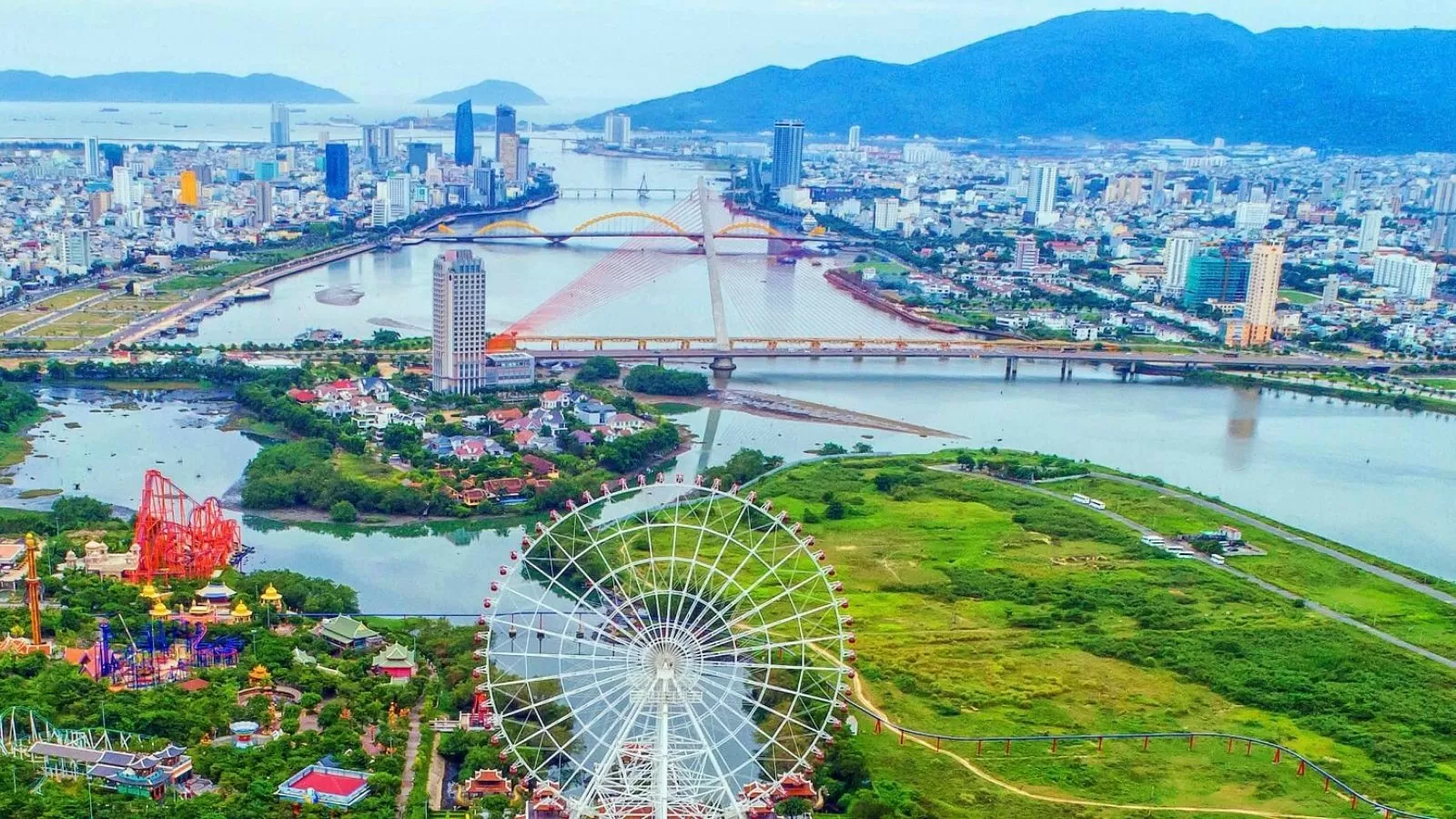 |
| Prof. Dr. Andreas Stoffers, an expert with many years of research on Vietnamese economics and history. (Photo: Linh Chi) |
On this issue,the World and Vietnam Newspaper reporter had a conversation with Prof. Dr. Andreas Stoffers at the University of Applied Sciences in Economics and Management (FOM), an expert with many years of research on Vietnamese economics and history, who considers the S-shaped country as his second homeland and has special feelings for this land.
After 38 years (1986-2024) of implementing the renovation process, Vietnam has shifted from a centrally planned economy to a market mechanism; at the same time, proactively and actively integrated comprehensively and deeply into the international community; promoted industrialization and modernization. As an expert with many years of research on the Vietnamese economy, how do you evaluate the country's journey over the past 38 years?
Vietnam’s journey of nearly 40 years is truly impressive. From one of the poorest countries in the world, Vietnam has developed into an economic powerhouse and is poised to become an industrialized country within the next two decades.
Vietnam has escaped from underdevelopment, becoming a dynamic, strongly integrated market economy with relatively high, continuous and inclusive economic growth, and the vast majority of people benefiting from the development process. Notably, in the period of 1993-2024 alone, the poverty rate in Vietnam has decreased sharply. According to data from the Ministry of Labor, War Invalids and Social Affairs, by the end of December 2024, the poverty rate according to the multidimensional poverty standard was only below 1.9%.
The economy not only grew in scale but also improved in growth quality, and people's material and spiritual lives improved significantly.
Specifically: Economic growth reached a high rate. After the initial period of renovation (1986-1990), the average annual growth rate of Gross Domestic Product (GDP) was only 4.4%. From 1991-2019, GDP growth fluctuated between 4.8-9.5%.
During the Covid-19 period, unlike many countries, Vietnam's GDP still had positive growth, reaching 2.91% and 2.58% in 2020 and 2021 respectively. After a rapid recovery in 2022 (growth of 8.02%), GDP in 2023 reached 5.05%, a high level in the world and the region.
| In recent times, the most impressive transformation of Vietnam is the initiative of General Secretary To Lam on streamlining the administrative apparatus. I believe that this will be the key to the development of the country, including the goal of becoming an industrialized nation and building a strong green financial system. |
Speaking of Vietnam's 1986 Doi Moi reforms, most foreign observers say that the reforms happened almost overnight and that the rapid rise of Vietnam's economy began soon after.
But as an expert with many years of research on Vietnamese history, I can confirm that the first market economic activities took place at the grassroots level before 1986. That was the credit of the leaders. After the 11th National Congress of the Communist Party of Vietnam, people began to move towards reform.
I must emphasize that success does not come naturally.
In fact, inflation initially peaked after doi moi, as I wrote in my book “Defeating Inflation,” published by Phu Nu Publishing House in 2024. However, market economic reforms flourished in Vietnam in the following decades, supported by the normalization of trade relations with the United States and the development of the economy.
In 2024, despite the severe consequences of the devastating Typhoon Yagi in September, the decisive action of the Vietnamese Government has limited the impact of this largest storm in history on economic growth. Data from the General Statistics Office (Ministry of Planning and Investment) has proven that. In 2024, GDP is estimated to increase by 7.09%, one of the highest growth countries in ASEAN.
And what is especially fascinating is that Vietnam's journey to make its mark on the world – it seems – is not over yet!
 |
| Vietnam is one of the most dynamic economies and offers attractive opportunities for investors from all over the world. (Source: VGP) |
In the process of innovation and international economic integration, Vietnam has developed deeply and widely at many levels, diversified in forms, and signed many new-generation bilateral and multilateral Free Trade Agreements (FTAs). Could you please review the bright spots of Vietnam's economy in international economic integration? What impressed you the most?
In the annual report on the Index of Economic Freedom 2024 of the Heritage Foundation (USA), in 2024, Vietnam was classified as a "moderately free country" and ranked 59/179 countries.
At first glance, this ranking may not seem like much, especially when compared to developed economies like the US (ranked 25th). However, it is worth noting that since the report was published 30 years ago, no country of comparable size (except Poland) has recorded higher growth than Vietnam. The S-shaped country has risen 13 places in just one year (from 2023 to 2024).
Up to now, Vietnam is one of the dynamic economies and brings attractive opportunities for investors from all over the world.
| From one of the poorest countries in the world, Vietnam has developed into an economic powerhouse and is poised to become an industrialized country within the next two decades. |
In 2024, I see that Vietnam's economic policy has the following outstanding characteristics:
Firstly, properly handle relations with major countries, contributing to maintaining national independence, autonomy and sovereignty in international integration (for example, "bamboo diplomacy").
Second, openness to foreign direct investment from around the world.
Third, a clear commitment to free trade and integration through a large system of FTAs with many countries around the world.
Fourth, the state budget debt ratio is balanced and easy to manage.
Fifth, the ratio of public spending to GDP is about 21%.
At the same time, import and export are one of the bright spots of the economy in 2024. Specifically, the total value of Vietnam's import and export of goods in 2024 reached 786.29 billion USD, an increase of 15.4% over the same period last year, with a trade surplus of 24.77 billion USD. This is the highest import and export turnover ever.
This result is thanks to promoting international economic integration, opening up markets, and helping businesses connect with many international partners.
A notable milestone in the country’s international integration over the past year was the signing of the Vietnam-United Arab Emirates Comprehensive Economic Partnership Agreement (CEPA) in a record short negotiation time of only 16 months. Vietnam has successfully opened up large potential markets in the Middle East and Africa and promoted Vietnam’s global trade integration process.
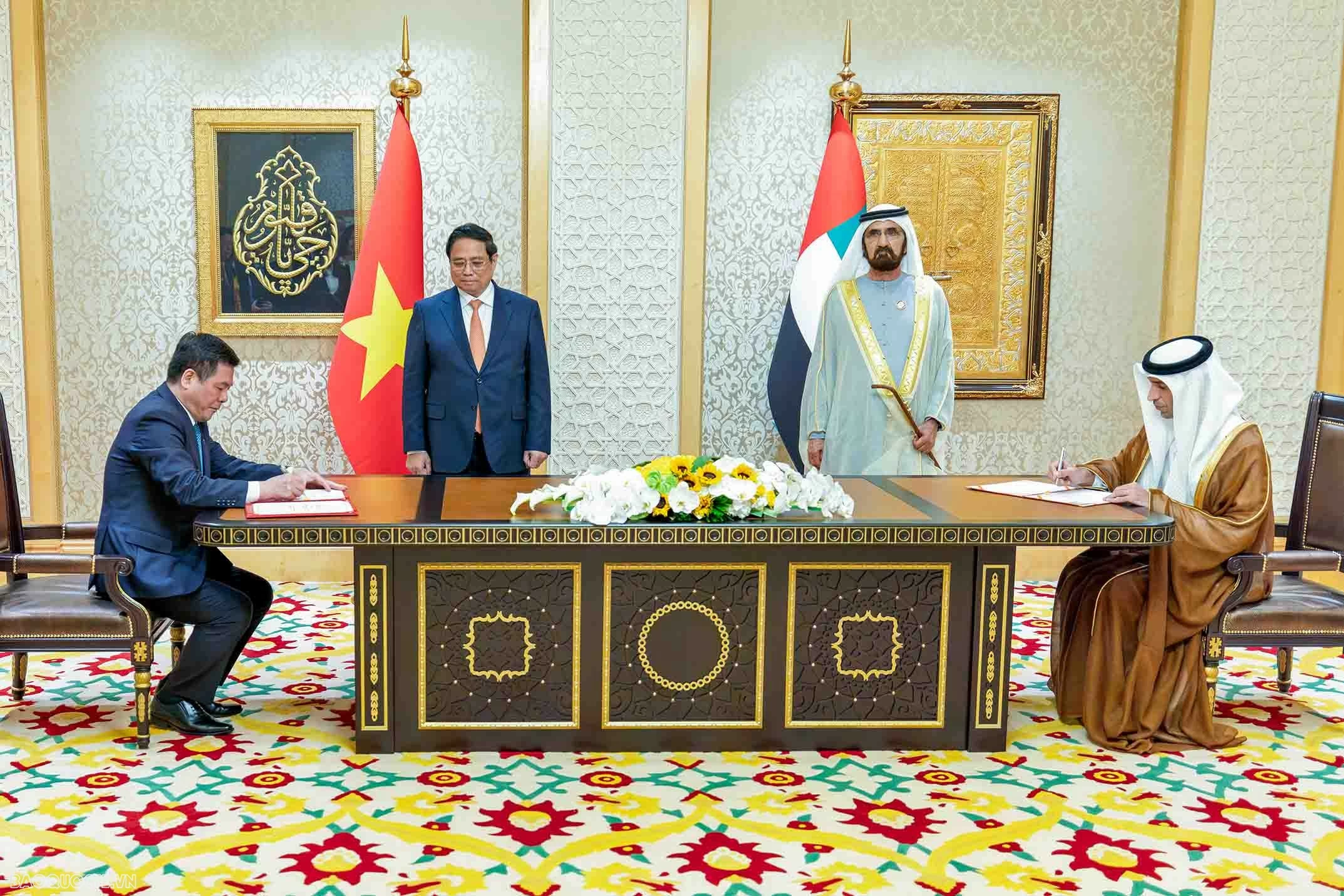 |
| Prime Minister Pham Minh Chinh and Vice President and Prime Minister of the United Arab Emirates Mohammed bin Rashid Al Maktoum witnessed the handover ceremony of the CEPA Agreement document. (Photo: Duong Giang) |
How do you evaluate the transformation of Vietnam's economy in recent years in terms of digital transformation, green transformation, innovation, etc.?
Let me review some figures in the green finance sector – a sector that clearly shows Vietnam's transformation:
In the period 2017-2023, the system's outstanding credit balance for green sectors has an average growth rate of more than 22%/year.
As of March 31, 2024, 47 credit institutions had green credit outstanding debt with outstanding debt reaching VND 636,964 billion, accounting for about 4.5% of total outstanding debt of the whole economy.
By December 31, 2023, the majority of green credit will focus on renewable energy (45%) and green agriculture (30%).
Outstanding credit balance assessed for environmental and social risks of the credit institution system has grown steadily over the years, accounting for more than 21% of the total outstanding loans of the economy.
Loans assessed for environmental and social risks reached VND2.9 trillion ($113.9 billion), equivalent to more than 21% of total outstanding loans - recorded by the State Bank of Vietnam as of September 2024.
In my opinion, green finance is not yet considered part of daily life in the Vietnamese financial industry. However, many advances can be recognized.
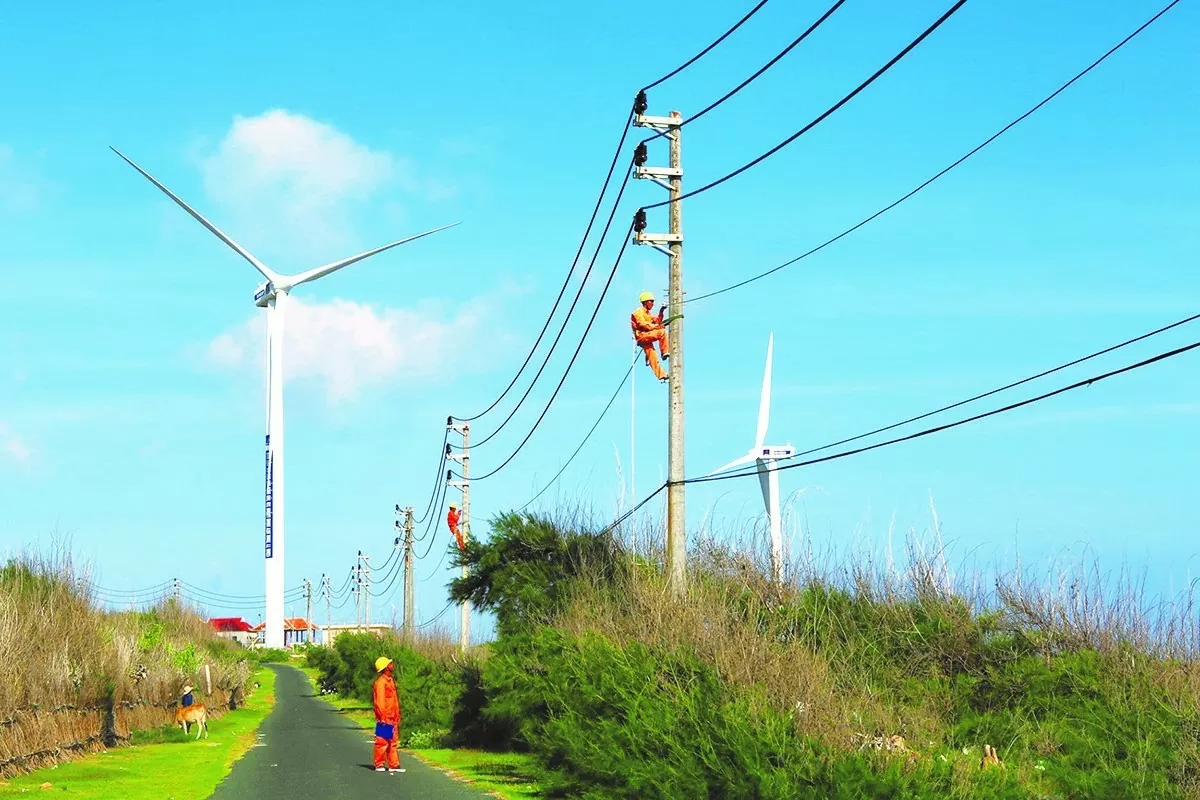 |
| Wind power project on Phu Quy island, Binh Thuan. (Source: Thanh Nien Newspaper) |
The Vietnamese Government has also recognized the importance of digitalization for the country and is preparing for the 21st century. The Government has issued many important strategies such as: Approving the Digital Infrastructure Strategy to 2025 and orientation to 2030 (October 9, 2024) or issuing the National Strategy on application and development of blockchain technology to 2025, orientation to 2030 (October 22, 2024).
Recently, the plan to put nuclear power plants into operation to help stabilize energy is an extremely appropriate decision.
As an industrialized country, Vietnam needs a safe and reliable energy supply. The country cannot achieve this from solar and wind energy alone. Nuclear energy will help “fill the gap”, ensuring stable energy security in the S-shaped country.
What is important now is that Vietnam needs to turn words into actions. Digitalization, the fourth industrial revolution, smart city development and green finance in the country are just beginning to be implemented and will certainly need support from scientific and business experts both at home and abroad.
The most impressive transformation of Vietnam in recent times is the initiative of General Secretary To Lam on streamlining the administrative apparatus. I believe that this will be the key to the country's development, including the goal of becoming an industrialized nation and building a strong green financial system.
At this point, I want to emphasize that the great message and ideology of General Secretary To Lam is helping Vietnam go in the right direction.
These important structural changes mean that Vietnam can and will take a major step forward, becoming an industrialized nation by 2045 – an undertaking I would like to call “the second doi moi”.
Thank you!
Readers are invited to read Part II: Gathering enough "assets" to confidently rise up



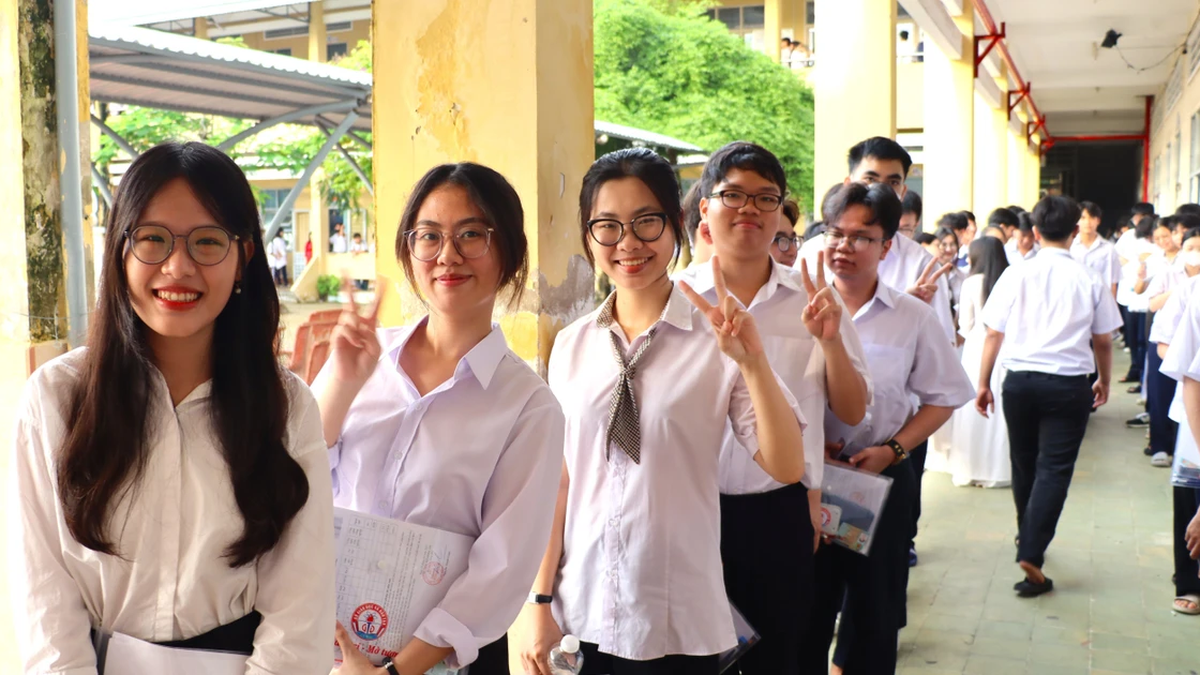


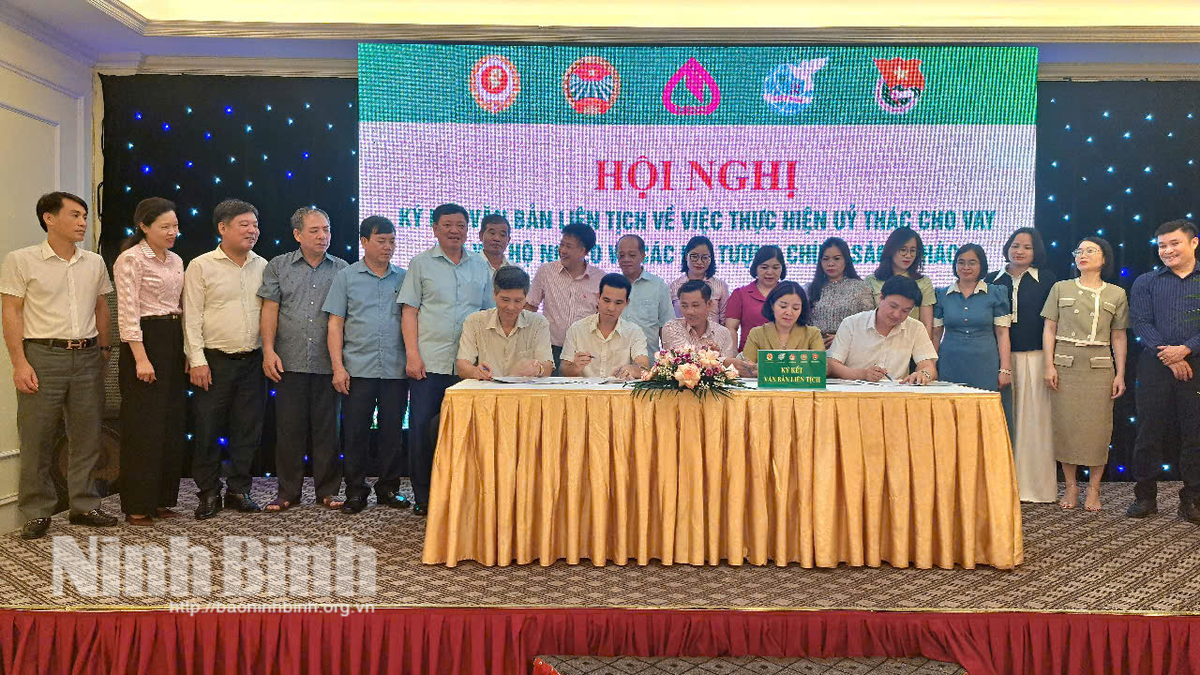
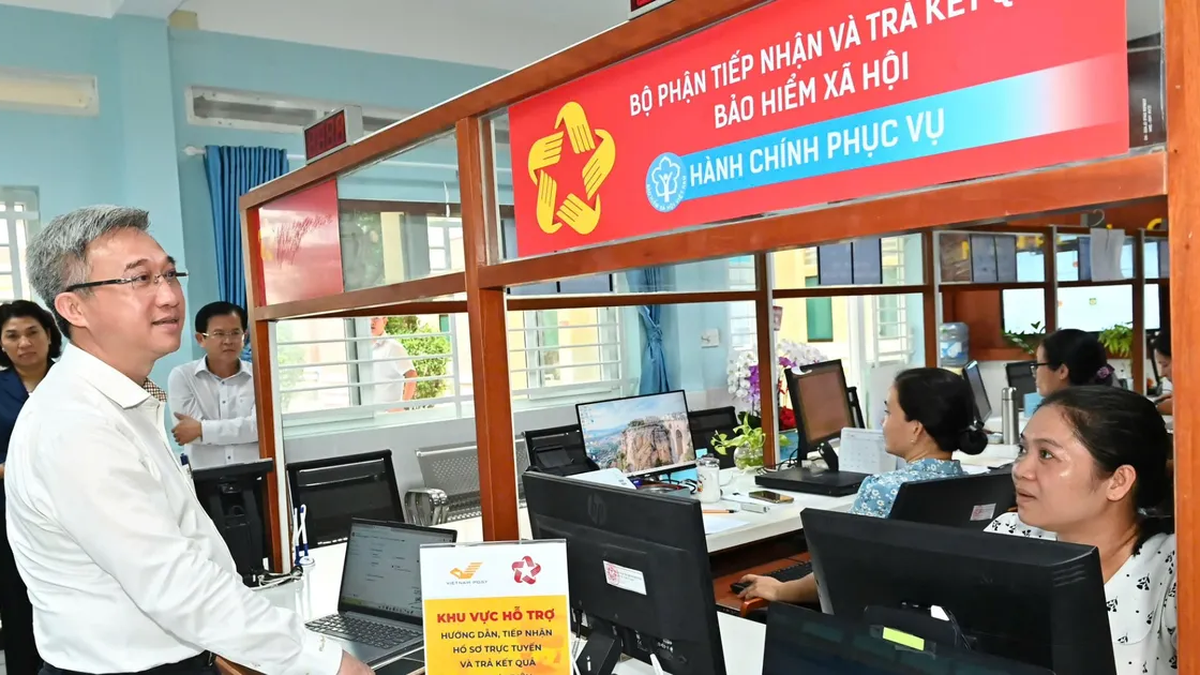
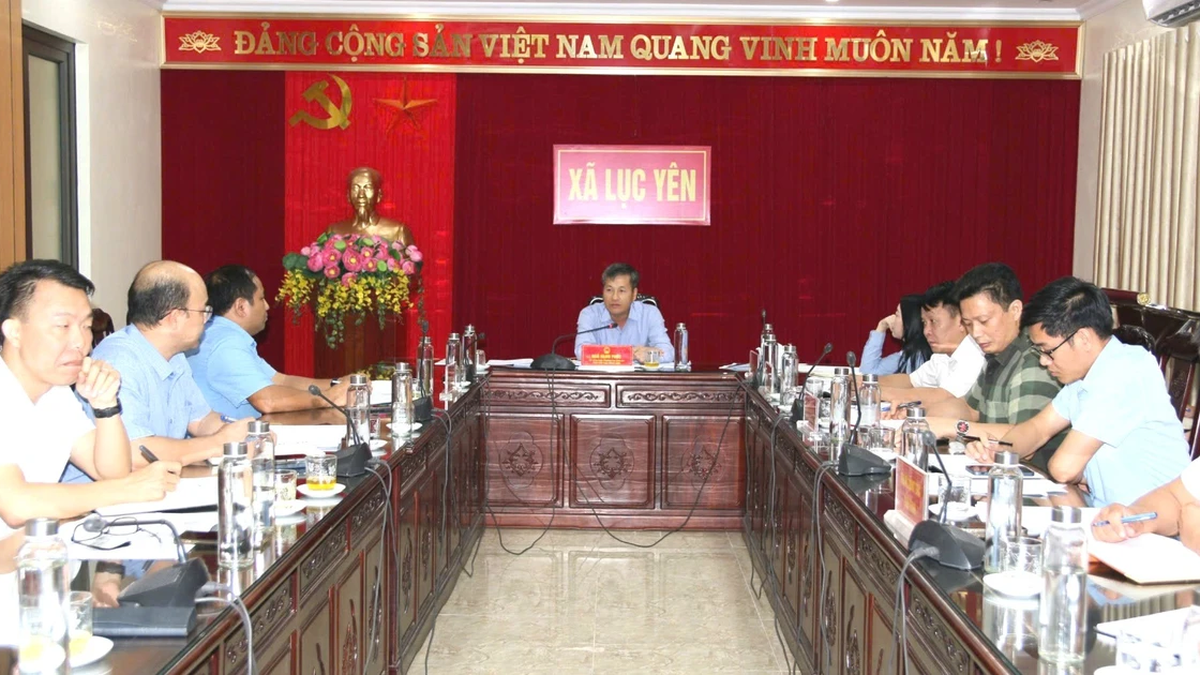
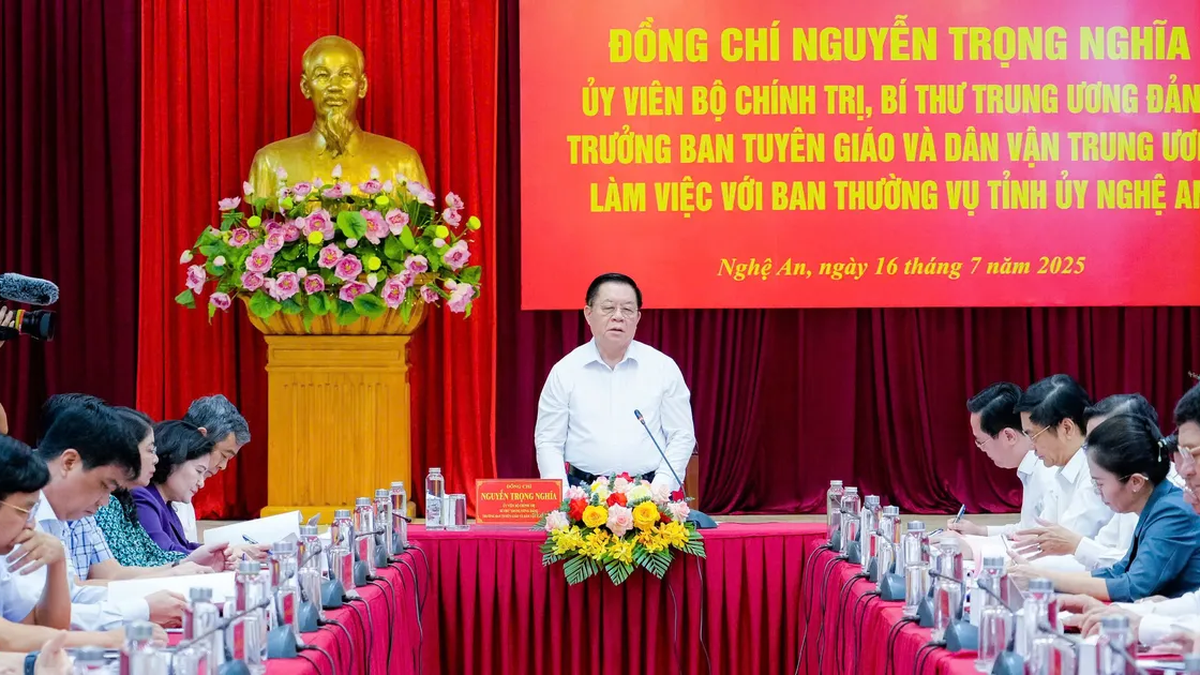
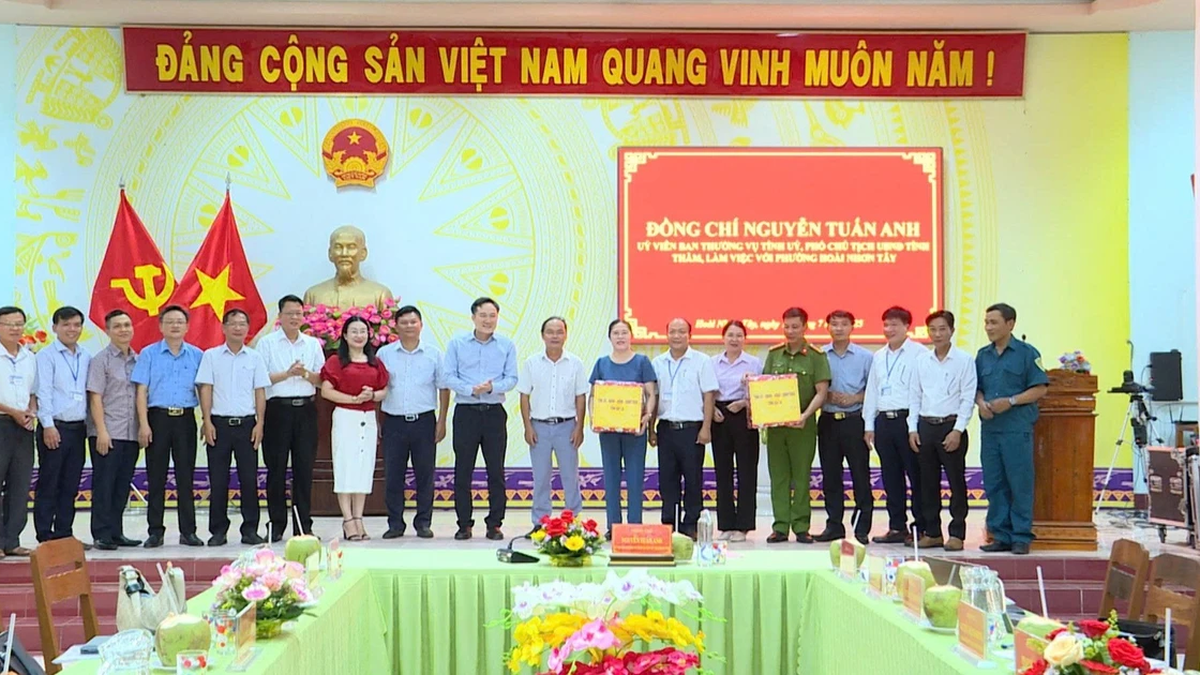
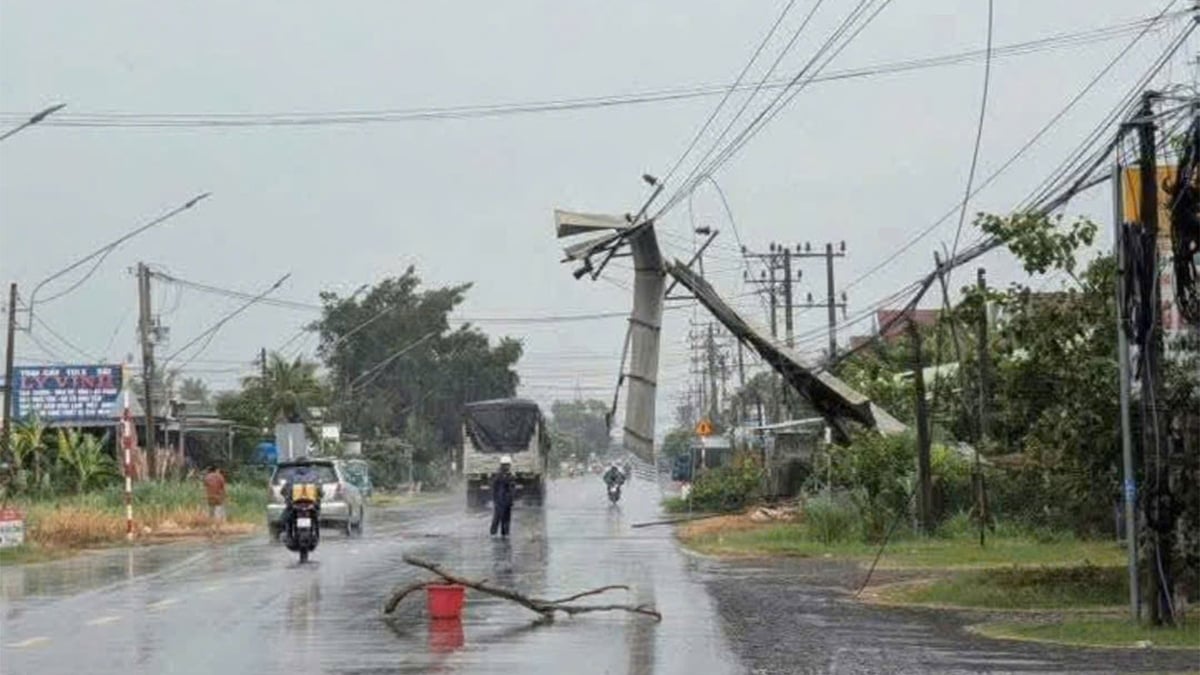








































![[Maritime News] More than 80% of global container shipping capacity is in the hands of MSC and major shipping alliances](https://vphoto.vietnam.vn/thumb/402x226/vietnam/resource/IMAGE/2025/7/16/6b4d586c984b4cbf8c5680352b9eaeb0)












































Comment (0)